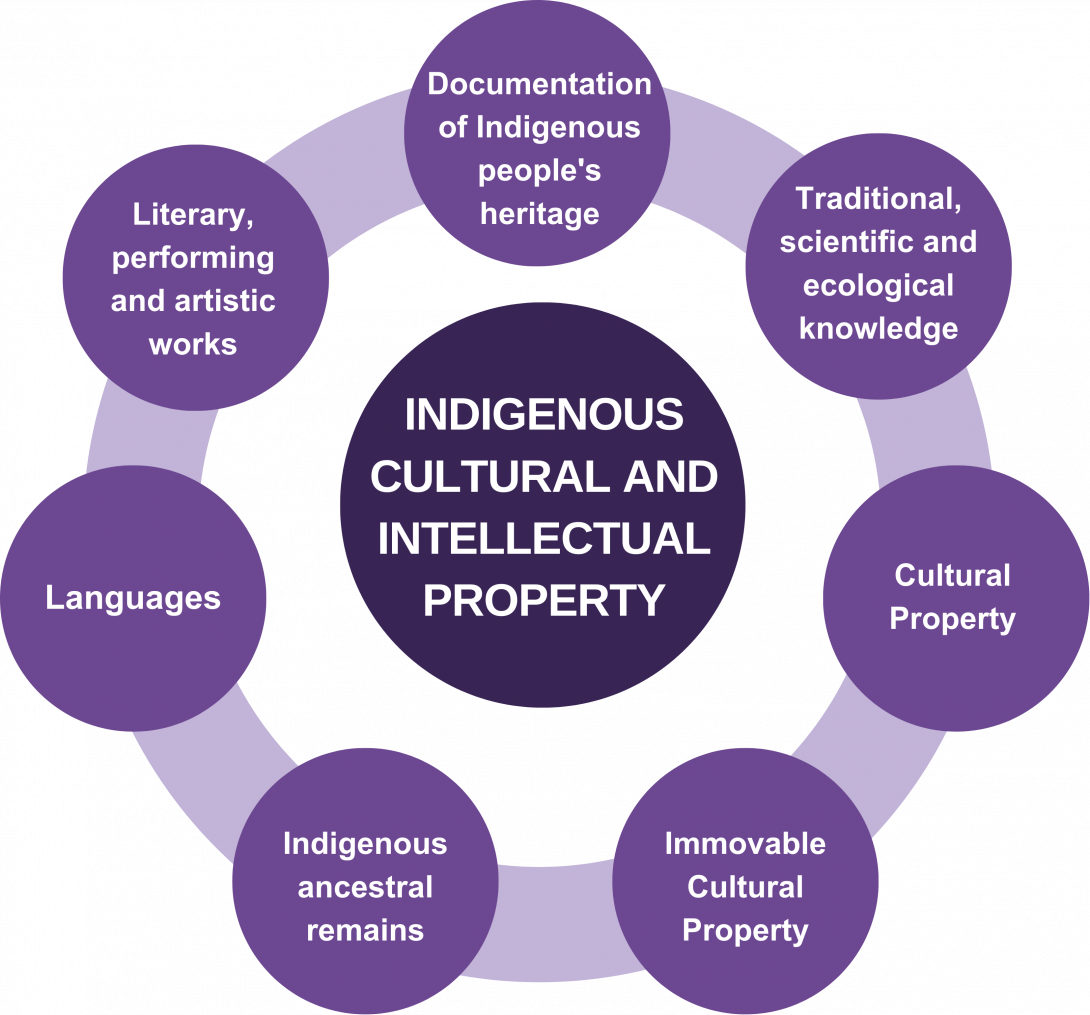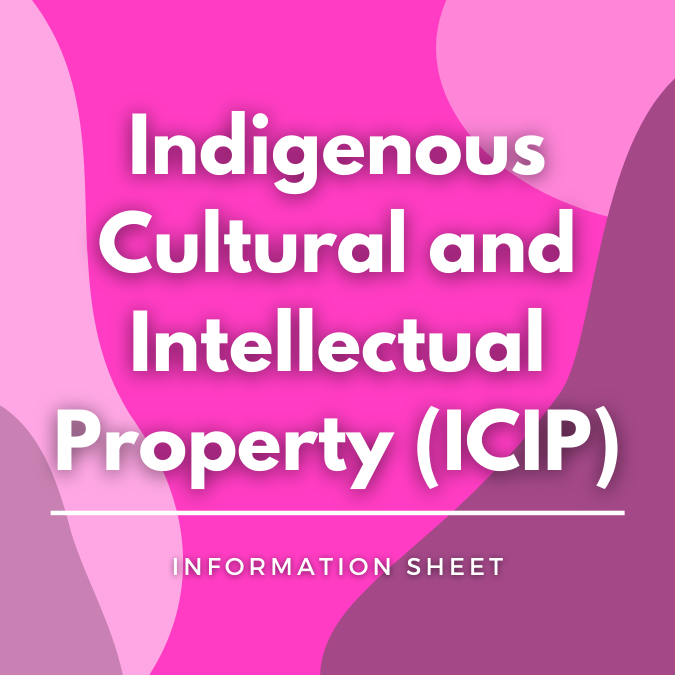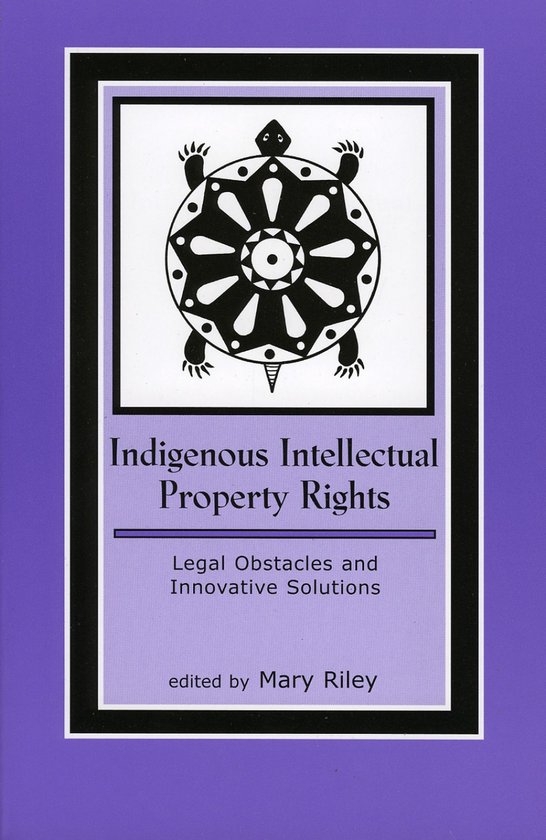
Stolen Knowledge, Stolen Future: The Global Battle for Indigenous Intellectual Property Rights
In the bustling marketplaces of global commerce, where innovation is currency and intellectual property is fiercely protected, a silent but pervasive form of theft continues to unfold. It’s a theft not of algorithms or patents, but of ancient wisdom, sacred designs, and life-saving remedies—knowledge cultivated over millennia by Indigenous peoples worldwide. This ongoing appropriation of Indigenous Intellectual Property (IIP) and Traditional Knowledge (TK) represents a profound injustice, undermining cultural survival, economic self-determination, and the very fabric of Indigenous identity.
The concept of intellectual property, as understood by Western legal systems, typically revolves around individual ownership, finite duration, and economic exploitation. It’s a framework ill-suited to the communal, intergenerational, and often spiritual nature of Indigenous knowledge. For Indigenous communities, knowledge is rarely seen as a commodity to be owned by an individual; it is a shared heritage, a collective responsibility passed down through oral traditions, ceremonies, and lived experience. It encompasses everything from medicinal plants and agricultural techniques to stories, songs, dances, symbols, and artistic expressions. This holistic understanding of knowledge means that its misuse or appropriation is not just an economic loss, but a spiritual violation and a direct threat to cultural continuity.
The Many Faces of Misuse: From Biopiracy to Cultural Appropriation
The misuse of Indigenous Intellectual Property manifests in various insidious forms:
1. Biopiracy: Perhaps one of the most glaring examples is the unauthorized commercialization of traditional plant-based medicines and agricultural innovations. Corporations, often from the pharmaceutical or cosmetic industries, scour Indigenous territories, learn about the properties of plants from local communities, and then patent these discoveries without acknowledging, crediting, or compensating the original knowledge holders.

A stark illustration is the case of the Hoodia gordonii plant. For centuries, the San people of Southern Africa have used this succulent plant to suppress hunger and thirst during long hunting trips. In the 1990s, a South African government research council patented the plant’s appetite-suppressing compound (P57) and licensed it to a pharmaceutical company, Pfizer, for millions of dollars. The San, whose traditional knowledge was the genesis of this discovery, were initially excluded from any benefits. After years of advocacy and international pressure, a landmark agreement was reached in 2003, ensuring a share of future royalties for the San. However, this case highlights the systemic challenge: Indigenous communities are often forced to fight for recognition after their knowledge has already been exploited.
Similarly, the struggle over Ayahuasca, a powerful psychedelic brew traditionally used by Indigenous Amazonian communities for healing and spiritual purposes, illustrates the problem. Patents have been filed in the past for components of the vine, triggering outrage and legal battles from Indigenous groups who view the plant as sacred and its knowledge as communal heritage.
2. Cultural Appropriation: Beyond biopiracy, the unauthorized commercialization and trivialization of Indigenous cultural expressions are rampant. This includes the use of sacred symbols, designs, music, stories, and even ceremonies by non-Indigenous individuals or corporations for profit or aesthetic appeal, often without understanding or respect for their original context and meaning.
Examples abound: fashion designers incorporating Indigenous patterns into high-end clothing lines without permission or compensation; sports teams using derogatory Indigenous mascots and imagery; musicians sampling traditional chants without attribution; and artists adopting Indigenous styles without cultural connection. In 2012, the fashion retailer Urban Outfitters faced widespread criticism and a lawsuit from the Navajo Nation for selling products like "Navajo Hipster Panties" and "Navajo Flasks," which appropriated the tribe’s name and designs. The Navajo Nation argued that this was not only a trademark infringement but also a profound disrespect for their cultural identity.
As Anya Montiel (Ohkay Owingeh/Mexican), a scholar of Indigenous art, notes, "When cultural appropriation occurs, Indigenous peoples lose control over their cultural heritage, and their cultural identity is diluted or distorted." This dilution can lead to the erosion of traditional practices, the trivialization of sacred symbols, and the misrepresentation of entire cultures to a global audience.
3. Academic and Research Exploitation: For decades, academic researchers have often extracted knowledge from Indigenous communities without adequate informed consent, reciprocal benefit-sharing, or recognition of Indigenous intellectual contributions. Research data, oral histories, and traditional practices have been published in academic journals and books, benefiting the careers of non-Indigenous scholars while offering little tangible return to the communities who provided the insights. The concept of "extractive research" is now being challenged by Indigenous scholars and activists who advocate for Indigenous-led research methodologies, emphasizing partnership, reciprocity, and community-driven agendas.
The Profound Impact: Beyond Economic Loss
The consequences of IIP misuse extend far beyond financial loss. For Indigenous communities, it represents:
- Erosion of Cultural Identity: When sacred symbols or traditional practices are commodified and divorced from their original meaning, it can dilute their significance within the community and contribute to the loss of unique cultural expressions.
- Loss of Self-Determination: Control over knowledge is intrinsically linked to self-governance and the ability of Indigenous peoples to define their own futures. When outsiders appropriate their knowledge, it undermines their autonomy.
- Spiritual Harm: Many Indigenous knowledge systems are deeply intertwined with spiritual beliefs and practices. The disrespectful use of these elements can cause profound spiritual distress and trauma.
- Economic Disadvantage: Communities are denied the economic benefits that could arise from their own innovations, perpetuating cycles of poverty and hindering sustainable development.
- Perpetuation of Colonial Power Structures: The ongoing appropriation echoes historical patterns of colonization, where Indigenous lands, resources, and cultures were systematically exploited for the benefit of dominant societies.

Challenges in Western Legal Frameworks
One of the primary challenges in protecting IIP lies in the fundamental mismatch between Western intellectual property laws and Indigenous knowledge systems.
- Individual vs. Collective Ownership: Western IP (patents, copyrights, trademarks) is primarily designed for individual or corporate ownership, whereas Indigenous knowledge is often communal and intergenerational.
- Duration: Western IP has a finite term (e.g., 20 years for patents), while Indigenous knowledge is perpetual and meant to be passed down through generations.
- Formal Registration vs. Oral Traditions: Western systems require formal documentation and registration, which is often incompatible with Indigenous oral traditions and unwritten knowledge systems.
- Proof of Ownership: Proving "originality" or "ownership" of ancient, orally transmitted knowledge within Western legal frameworks can be incredibly difficult and costly for Indigenous communities.
Towards a Just Future: Solutions and Pathways
Despite these formidable challenges, significant progress is being made on several fronts to protect Indigenous Intellectual Property:
1. Sui Generis Systems: Many advocates argue for the development of "sui generis" (unique) legal systems tailored specifically to the characteristics of Indigenous knowledge. These systems would recognize collective ownership, perpetual duration, and the spiritual dimensions of TK.
2. Prior Informed Consent (PIC) and Benefit Sharing: The principle of PIC is gaining traction. It mandates that any researcher, corporation, or individual seeking to utilize Indigenous knowledge must obtain explicit, free, and informed consent from the relevant community, typically through their legitimate representatives, before any research or commercialization takes place. Crucially, PIC must be accompanied by robust benefit-sharing agreements, ensuring that Indigenous communities receive fair and equitable compensation—financial and non-financial—from the use of their knowledge.
3. International Instruments: The United Nations Declaration on the Rights of Indigenous Peoples (UNDRIP), adopted in 2007, is a pivotal document. Article 31 explicitly states: "Indigenous peoples have the right to maintain, control, protect and develop their intellectual property over their cultural heritage, traditional knowledge and traditional cultural expressions, as well as their scientific, technical and cultural manifestations." While UNDRIP is not legally binding in the same way a treaty is, it sets a global standard and serves as a powerful advocacy tool.
The World Intellectual Property Organization (WIPO) has also established an Intergovernmental Committee on Intellectual Property and Genetic Resources, Traditional Knowledge and Folklore (IGC). For over two decades, the IGC has been negotiating a legally binding international instrument to protect TK and TCEs, though progress has been slow due to the complexities and diverse interests involved.
4. Ethical Engagement and Indigenous-led Initiatives: A shift towards ethical engagement is crucial. This involves non-Indigenous individuals and entities taking responsibility to educate themselves, respect Indigenous protocols, seek genuine partnerships, and support Indigenous-led initiatives. Many Indigenous communities are developing their own protocols for engagement, research, and data sovereignty, asserting their right to control their knowledge. For instance, the OCAP® principles (Ownership, Control, Access, Possession) developed by the First Nations in Canada, provide a framework for ethical data governance.
The journey to secure robust protection for Indigenous Intellectual Property is long and complex. It requires not just legal reform, but a fundamental shift in mindset—a recognition of the immense value and profound significance of Indigenous knowledge systems for all humanity. As the world grapples with global challenges from climate change to public health, the wisdom embedded in Indigenous knowledge offers invaluable solutions. Protecting this knowledge is not merely an act of justice; it is an investment in a more equitable, sustainable, and culturally rich future for everyone. The voices of Indigenous peoples, demanding recognition and respect for their stolen knowledge, are growing louder, and it is time for the world to listen.